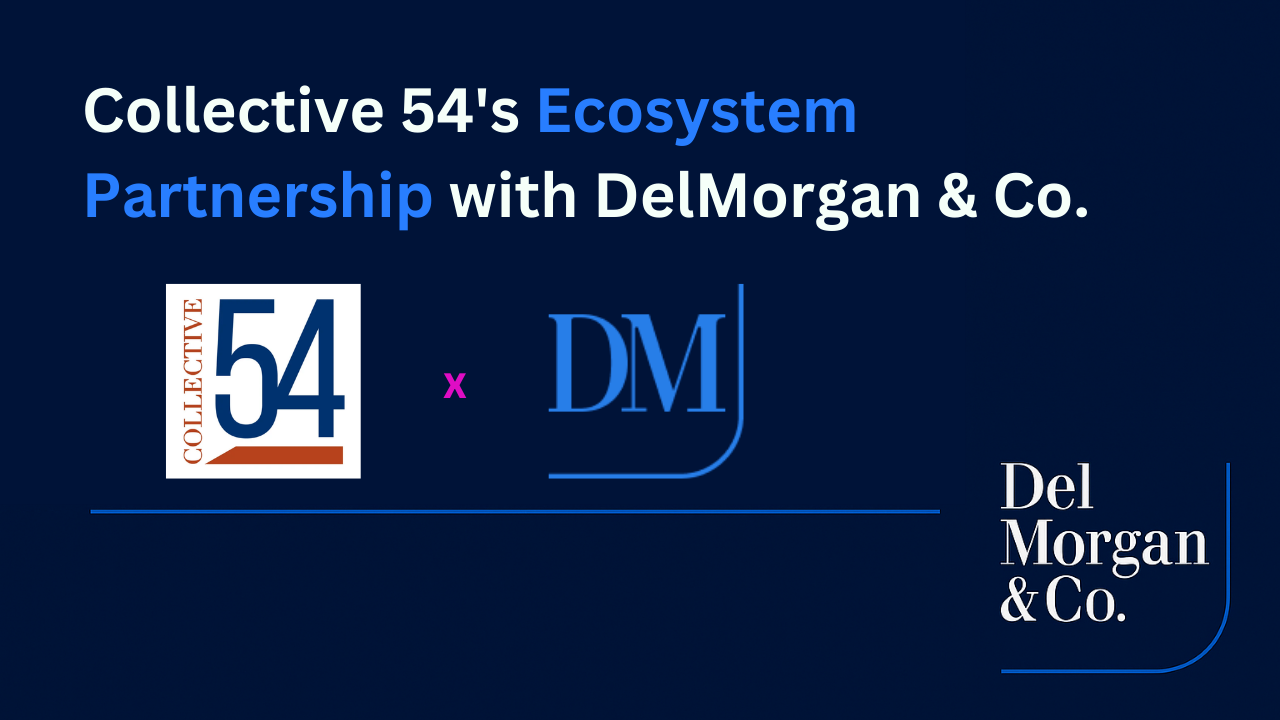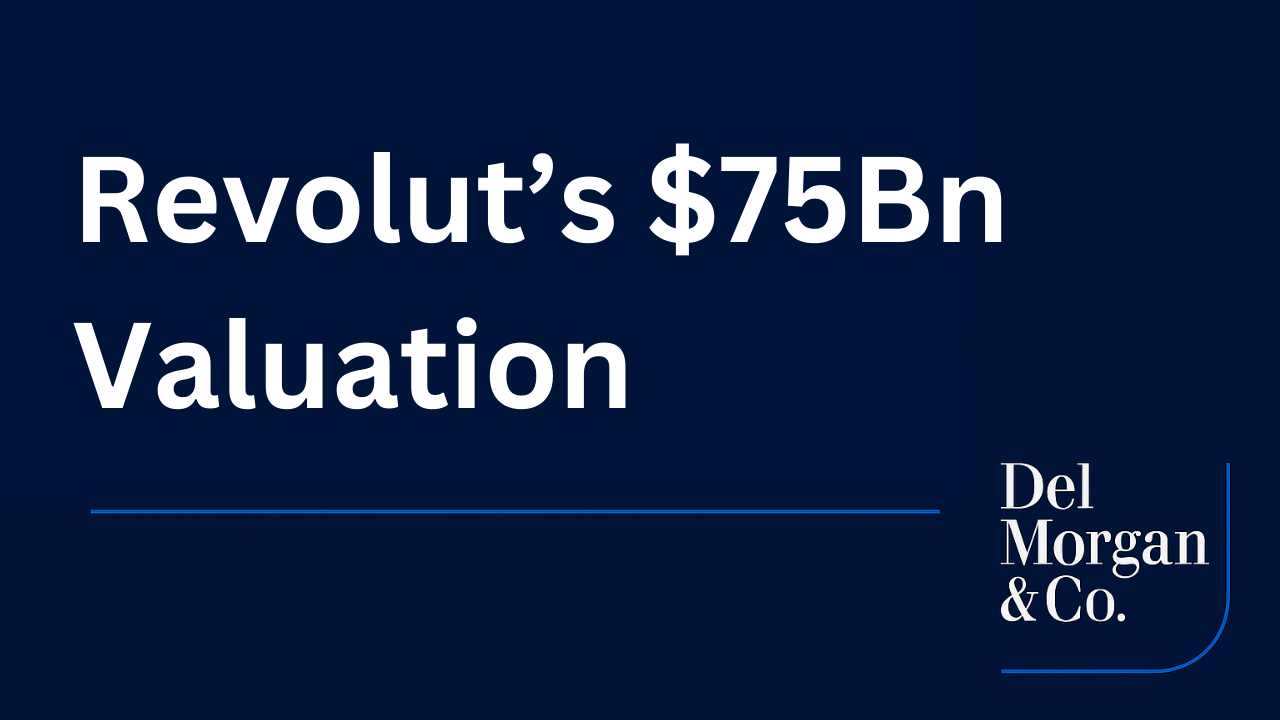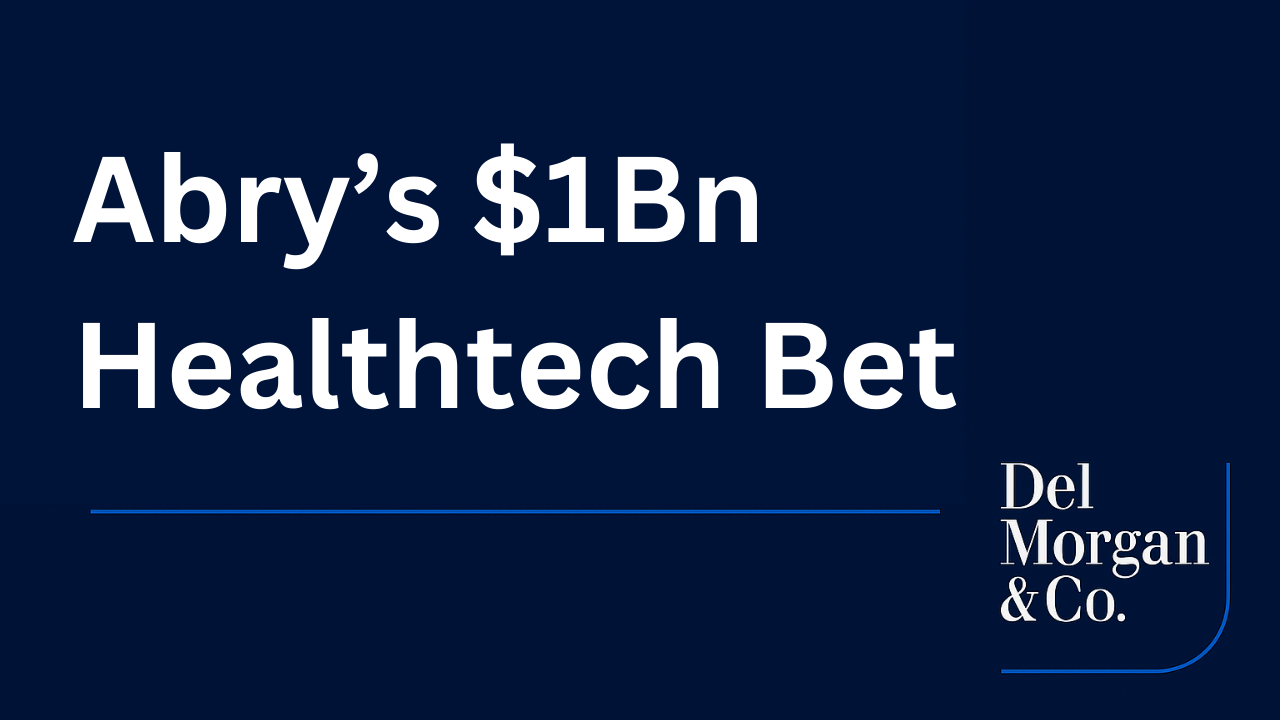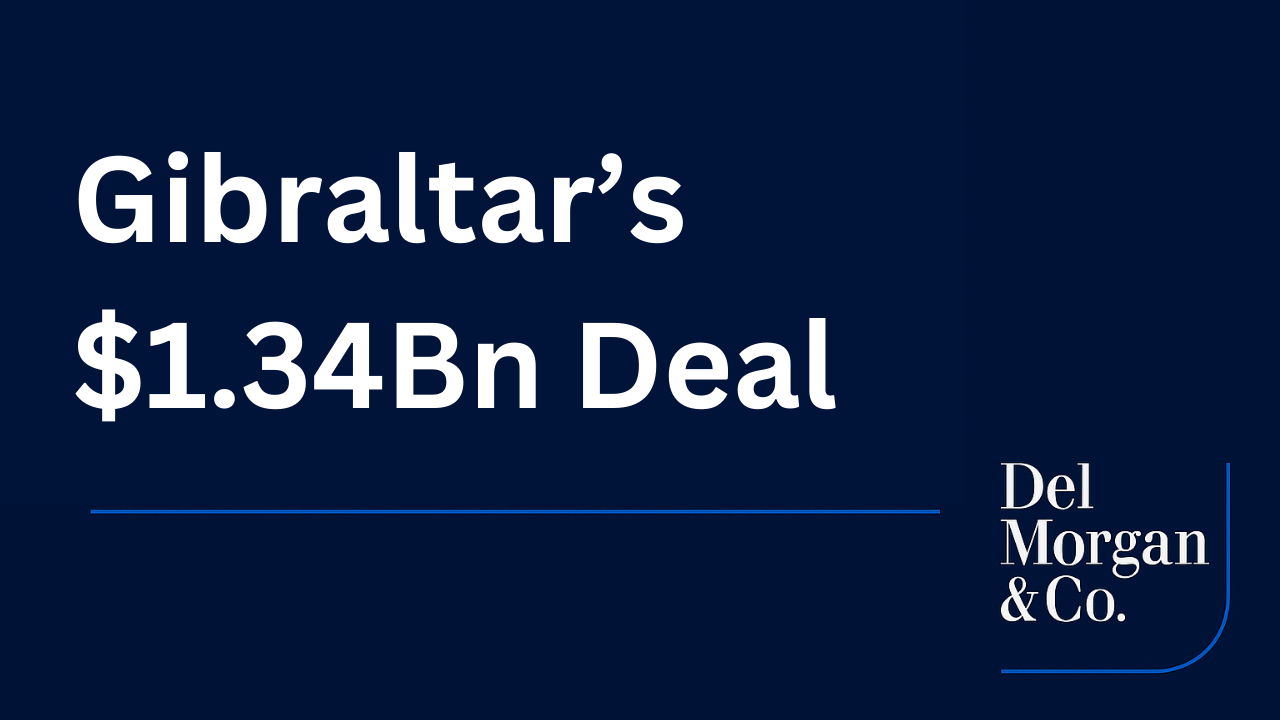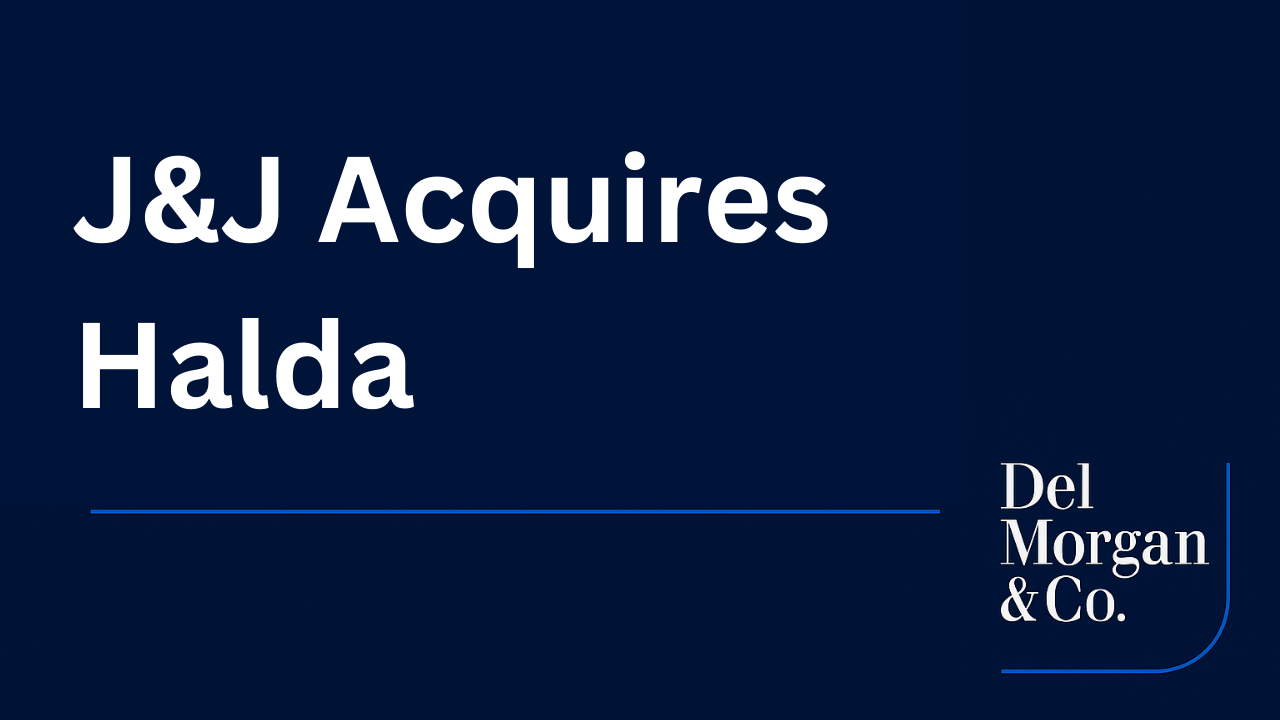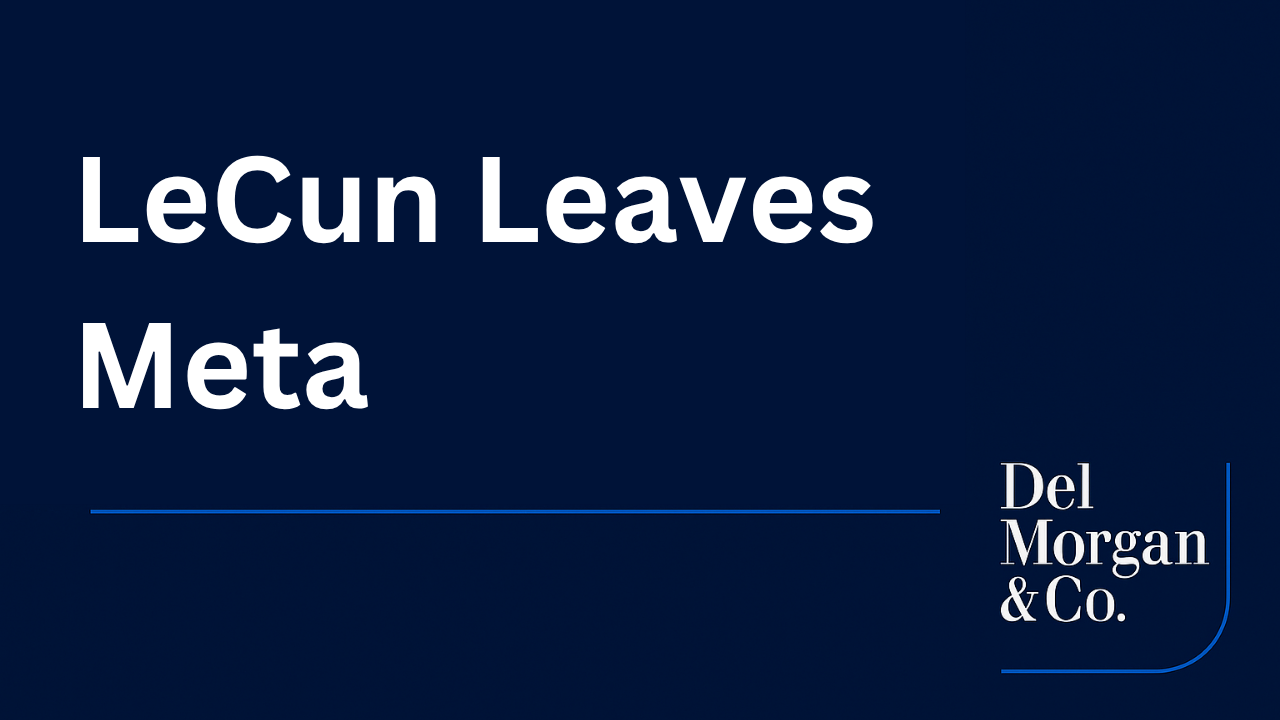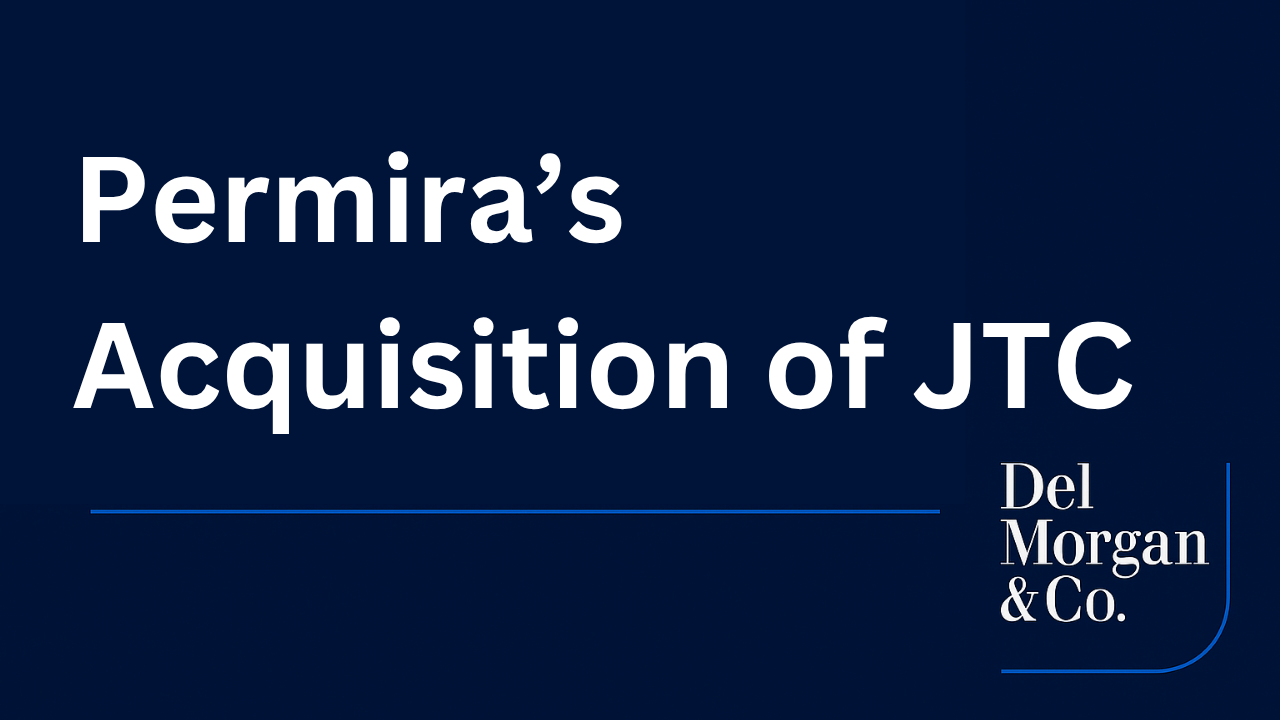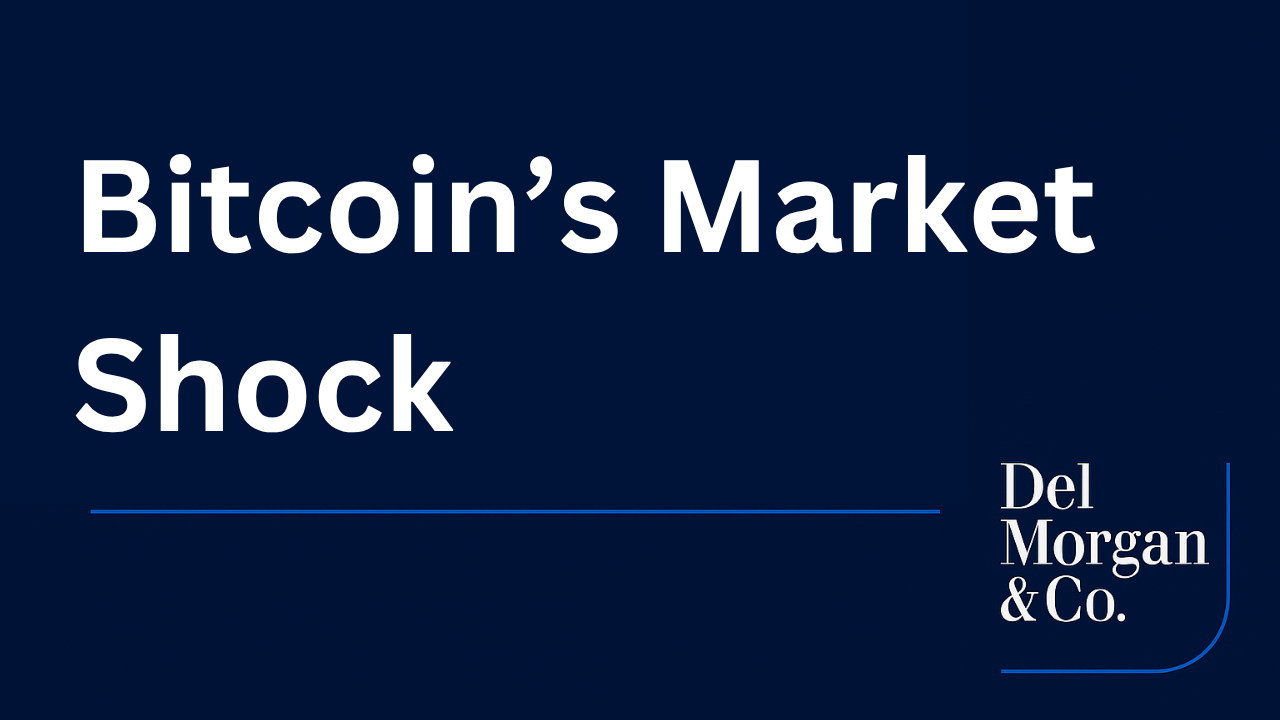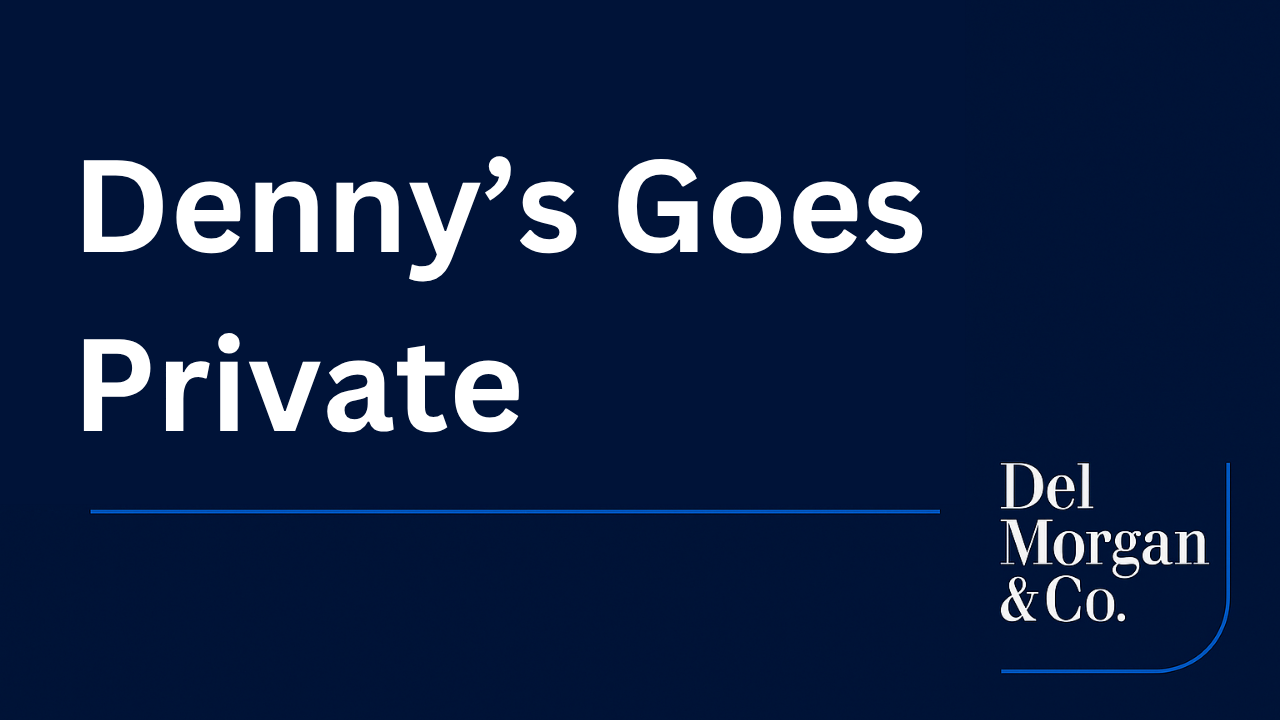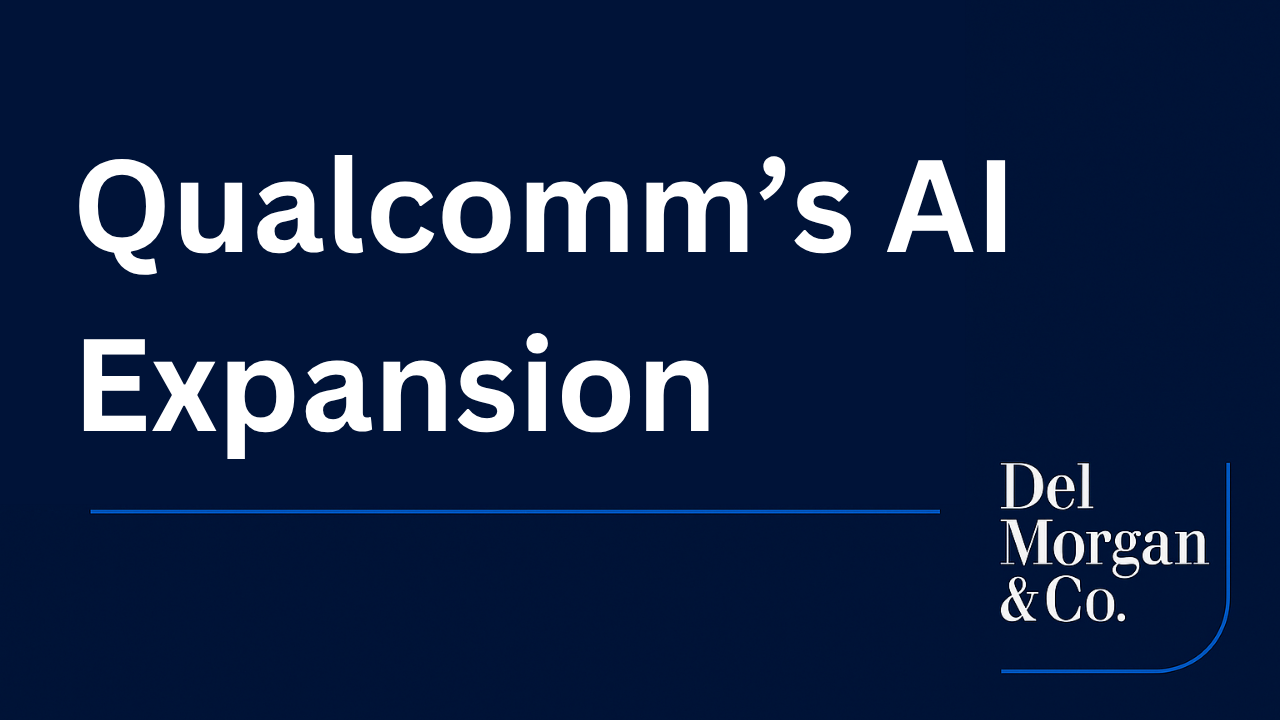Executive Summary
Digital assets are transitioning from speculative investments to critical financial infrastructure, driven by institutional capital, maturing regulatory frameworks and real-world asset integration. Crypto Week 2025, a weeklong event featuring protocol showcases and policy roundtables, underscores this shift toward institutional alignment. The conversation has moved away from speculative enthusiasm, focusing instead on digital assets as foundational infrastructure, reshaping the financial landscape.

Institutional Capital: From Experimentation to Execution
Traditional financial institutions have moved beyond experimentation, committing substantial resources to digital asset integration. Leading asset managers, including BlackRock, Invesco and Fidelity, have expanded their crypto ETF offerings beyond Bitcoin and Ethereum, with CoinShares reporting over $2 billion in inflows during the initial trading days of these products. This demand signals strong institutional confidence in digital assets as a maturing asset class. Tokenized Treasury products, pioneered by firms such as Franklin Templeton and WisdomTree, are gaining traction. Built on public blockchains, these vehicles offer enhanced auditability, operational efficiency and fractional ownership, making them particularly attractive in a high-interest-rate environment. The scalability of these products highlights the growing intersection of traditional finance and blockchain technology.
Tokenization: Redefining Asset Accessibility
Tokenization of real-world assets is a defining theme of 2025, with firms such as Securitize, Ondo and Maple deploying blockchain-native products backed by U.S. Treasuries, real estate and private credit. These offerings deliver near-instant settlement, integrated compliance and enhanced liquidity, appealing to institutional investors seeking efficiency and flexibility. Major banks, including Goldman Sachs and Société Générale, are advancing smart contract-based bond issuance, signaling a long-term shift toward programmable finance. While adoption timelines remain uncertain, these initiatives reflect a deliberate move to embed blockchain technology within traditional financial systems.
Infrastructure: The Backbone of Scale
As institutional capital flows into digital assets, robust infrastructure is emerging as a critical differentiator. Custodians such as Fireblocks, Anchorage and BitGo, along with validators and compliance engines, form the operational backbone of ETFs, tokenized products and digital wallets. Recent market activity underscores the strategic importance of these providers. CoreWeave’s $9 billion acquisition of Core Scientific highlights the importance of power and compute capacity, particularly at the intersection of AI and crypto infrastructure. Custody and compliance firms continue to secure capital and expand partnerships to meet institutional demand for secure, scalable solutions. For allocators, due diligence now extends beyond asset quality to operational integrity, encompassing transaction clearing, security and verification at scale. Infrastructure providers are thus pivotal to enabling financial scale in the digital asset ecosystem.
Regulatory Progress: A New Era of Clarity
The U.S. legislative landscape for digital assets has reached a historic inflection point. In recent votes, the U.S. House of Representatives passed three landmark bills. The CLARITY Act, approved by a vote of 294–134, establishes a unified regulatory framework by delineating the roles of the SEC and CFTC, and has now advanced to the Senate. The GENIUS Stablecoin Bill, passed 308–122, sets federal standards for stablecoin reserves and licensing. The Anti-CBDC Surveillance State Act, passed by a narrower margin of 219–210, blocks the Federal Reserve from issuing a retail central bank digital currency, citing privacy concerns. These legislative milestones reflect a bipartisan commitment to regulatory structure, which should foster institutional confidence. Globally, frameworks such as Europe’s MiCA and licensing clarity in Hong Kong, Singapore and the UAE have been shaping cross-border engagement. However, unresolved issues around custody, stablecoins and taxation may continue to constrain conservative allocators. Industry lobbying has played a significant role, with over $119 million spent on congressional elections and $18 million directed to President Trump’s inauguration fund. While these efforts appear to be yielding favorable outcomes, critics, including Sen. Elizabeth Warren and the Independent Community Bankers Association, warn of potential loopholes that could enable “shadow banking” entities to evade oversight.
Market Dynamics: Bitcoin and Beyond
Bitcoin reached an all-time high of $123,000 recently, with open interest in futures hitting $86.3 billion and U.S. Bitcoin ETF inflows exceeding $2.7 billion, according to Bloomberg. This price action reflects growing investor conviction in digital assets as a legitimate asset class. Ethereum has also rallied, buoyed by increased regulatory clarity. Ripple’s XRP surged following reports of U.S. government interest in including it in a Strategic Digital Asset Stockpile, alongside Bitcoin, Solana and Cardano. Announced in March 2025, this federal crypto reserve has sparked speculation about government-backed digital asset adoption, driving bullish sentiment across the sector.
Strategic Implications for Investors
Digital assets are no longer a standalone asset class but an integrated component of diversified portfolios. Hedge funds are increasing exposure through ETFs and equity proxies such as Coinbase, Marathon and Nvidia, while family offices and pension funds are exploring tokenized Treasuries and credit instruments. The focus has shifted from disruption to integration, with blockchain infrastructure enhancing functionality, compliance and global accessibility. Key risks remain, including regulatory fragmentation, market volatility and technological uncertainties. However, the trajectory is clear: digital assets are being financialized, with blockchain technology poised to redefine financial infrastructure.
Conclusion
Crypto Week 2025 highlights the maturation of digital assets as institutional infrastructure. From ETF inflows and tokenization to legislative breakthroughs and infrastructure investments, the sector is aligning with traditional finance. For institutional investors, the opportunity lies in leveraging these developments to enhance portfolio efficiency and access new markets. As blockchain technology integrates with global financial systems, the emphasis on robust infrastructure and regulatory clarity will define the next phase of growth.
About DelMorgan & Co.
DelMorgan & Co. is a leading global investment bank headquartered in Santa Monica, in the greater Los Angeles area of Southern California. With over $300 billion of successful transactions in over 80 countries, DelMorgan‘s Investment Banking professionals have worked on some of the most challenging, most rewarding and highest profile transactions in the U.S. and around the globe.
